The ups, downs and opportunities for brands in China tapping into the Olympics and other sports

China has joined the world tuning into the spectacle of the XXXIII Olympiad in Paris. The Olympic spirit has sent a wave of national pride surging through the country, alongside the praise and criticisms that go hand-in-hand with the modern Games. Despite fielding less than athletes than the US, France, Australia, Germany and Japan, Chinese have high expectations for its 405 athletes' medal haul.
This early into the games, much of the talk on Chinese social media has been CCTV’s coverage of the opening ceremony’s LGBTQ+-related content – normally a taboo subject on state media. There wasn’t a word from the commentators during such scenes, yet they remained on edited version of the coverage. The man lying in a platter of fruit in blue body paint hit a particular nerve, known across social media platforms as “Blue Scrotum” and the Lion Monster from the classic HK TV series Journey to West II.
The ceremony was praised for highlighting female heroes, the hashtag #LadyGaga-came-out-like-a-flamingo trended on Weibo, but Paris’ bold, quirky and creative ceremony that encompassed the city’s stunning sites fell flat with many Chinese consumers, with some claiming it to be the ‘worst opening ceremony ever.’ Many thought it had nothing to do with the sports and athletes, some noted it being all over the place and others called it Eurotrash. There were obviously those who compared Beijing’s 2008 opening ceremony favourably.
It hasn’t just been the opening ceremony that was criticized. Nike’s 90-second Paris Olympics commercial featuring some of the world’s biggest sports stars trended on Weibo, but received a number of comments about being insulting to China due to a two second snippet of an Asian table tennis player licking her paddle.
Athletes have also sparked discussion – not always good – with people debating whether Chinese hurdler Wu Yanni should wear heavy makeup on the track. Even when the teen shooting sensations won China’s first gold, it was their hilarious social handles that took up much of the conversation.
Despite a few bumps, the Games reflect an overall trend that is seeing Chinese consumers taking to sport like never before, with big events acting a catalyst to spark interest. These Olympics may not reach the 883 million Chinese who watched the Tokyo Olympics on CCTV, due to a less convenient time zone, but they will be much more than Rio eight years ago.
Douyin has released a timely white paper on sports in China, highlighting the prevalence of sports on the uber-popular platform. There were more than 300 billion views of sports-related videos each month on Douyin last year, with related searches increasing 37% from 2022.
The growing popularity of sport make it an effective channel to connect with consumers, even for brands in non-sporting categories. Consumers engaging with sports content on Douyin also often have strong interests in food, music, dance, animals and cars.
The broad demographic profiles of Douyin users engaged with sport provides a pathway to reach most target audiences. Females make up just over 50% of sports viewers on the platform and half of top-10 followed athletes are female. Searches for women-related sports have also skyrocketed: ‘Women’s skateboarding’ soared 162% in 2023, with the hashtag #skatergirl garnering 7 billion views. This is just one example of niche sports that are booming in China and a way to connect with certain target demographics and geographies. Males account for three-quarters of viewers of cycling content, with almost half aged over 40 – an age group that is traditionally harder to reach through popular culture.
The strength of communities in China as a way to reach consumers is also evident on Douyin. The hashtag #marathon has had 27.4 billion views, helped by marathoning communities which grew 225% last year.
Douyin will undoubtedly play a big part in the current Olympics providing plenty of opportunities for brands to utilise. The most watched sports will likely be table tennis, weight lifting and volleyball – all sports where China is a powerhouse. Yet the athletes expected to garner the most attention are more international, with three of the top-six being NBA stars. A number of brands have already created relevant and fun Olympic campaigns that have increased their gravitas among Chinese consumers.
Even if you haven’t tapped into the Olympics directly or indirectly to reach Chinese consumers, the future popularity of sporting provides your brand opportunities for positive associations and meaningful connections with your target audience and their communities. Contact China Skinny to learn how to best tap into that.
Conversations are likely to be a little different for many young Chinese returning home for their Chinese New Year holiday
Xiaohongshu/RED launched the "5-Minute Workout Boost" campaign to coincide with the Paris Olympics and summer vacation, making exercise accessible and easy to fit into daily life.
Over the past two years, many young Chinese thrill-seekers have taken a liking to via ferrata, a climbing activity that requires less experience while offering more spectacular scenery. It allows climbers to experience the thrill of "leaping like a crane" on steep mountain peaks, akin to ancient Chinese martial arts heroes, combining danger with allure.
During the Paris Olympics, China's enthusiasm for sports was reignited, leading to a rise in popularity of cafés themed around sports like table tennis, tennis and basketball.
Chinese movie theatres live-streamed the Olympics’ opening ceremony and events for the first time, filling up with young people captivated by the experience
Standup paddleboarding is trending this summer, catering to Chinese consumers' desire for personalized experiences in water sports. And brands tapping into the trend are further enhancing its appeal.
Despite the Paris Olympics getting mixed reviews in China so far, the opportunities for brands to align with sports to connect with consumers is large, and growing
The opening ceremony of the Paris Olympics, along with other parts of the Games, hasn’t been without controversy, but Chinese brands like Yili, HEYTEA and Kuaishou have capitalized on the interest of the spectacle to launch impressive marketing campaigns.
Extreme-sport specific cosmetics, tents for pets, outdoor coffee gear and urban sports are just some of the outdoor industry trends China Skinny identified at the ISPO 2024
At Euro Cup 2024, Chinese brands accounted for five of the 13 top-tier brands, more than any other country. The success of BYD’s sponsorship has been slightly dampened by an adult toy site in the host country of Germany
Zhou Guanyu, China’s first ever F1 driver is a valuable commodity for brands in China, including lululemon, McDonald’s, Puma, Dior, Hennessy and HSBC
China’s village basketball league is the hottest game in the country right now, accumulating over 800 million viewers online and attracting NBA stars
Lionel Messi puts his name to a Baijiu, but the delivery underwhelms and disappoints fans
Last week saw millions of Chinese kids take the gruelling Gaokao. The average 31 hours a week spent doing homework and extracurricular classes from the age of three, have largely been to prepare for the notorious 9-hour exam which determines the university they get into. Many consider the Gaokao scores to shape the trajectory of their lives.
Nothing beats a good lockdown to dull the spirits of Chinese consumers. As Shanghai's severe lockdown has passed 50 days for some residents, and has recently been re-tightened, a large number continue to struggle to order the staples, let alone purchase discretionary goods and services.
Here is a tale of three brands, each who have seen quite different outcomes in China over the past-12 months. They provide valuable lessons in public relations (PR) in China's increasingly sensitive and less tolerant consumer market.
If you're living in a developed country, there's a chance you may have seen a few robots since the pandemic began. In the US, labour shortages, coupled with robots being covid-free has driven the recent adoption of Artificial Intelligence (AI) powered robots for everything from coffee delivery to making fresh, hot pizzas and customised hamburgers in minutes from deep inside a vending machine.
Health has long been one of the most important trends in China. Horrific smog in 2013 drove China-based researchers to conclude that Beijing's pollution made the city almost "uninhabitable for human beings." The soupy air was an unmistakable reminder of the importance of staying healthy. This, coupled with numerous food scandals, more sedentary lifestyles and the lasting Chinese tradition of being proactive about health, brought health further to the fore. That year, health was the number one concern for wealthy Chinese, mirroring findings across many consumer groups in China.
Eileen Gu ticks so many boxes - both obvious and not so obvious - which enable her to resonate with Chinese consumers
By every measure, winter sports are booming in China leading into Beijing's Winter Games, presenting a multitude of opportunities for brands
Beijing's Common Prosperity is impacting the ways brands market in China
Singles' Day grew again this year against all odds, with some interesting data indicating why
Rising nationalism has been attributed to the rise in Chinese brands, but in many categories imported goods still hold an enviable reputation
Success in China needs localisation, but not a general China-wide strategy, rather a targeted multi-variable approach
Chinese sportswear brand ERKE was on the brink of collapse, but a well timed and executed CSR initiative has turned its fortunes around
Here's how and why bricks-and-mortar retail experiences can surpass the experience consumers get shopping on a smartphone
The 618 mid-year shopping festival is now in full swing and is breaking more records, which seems to happen with every subsequent online shopping festival these days in China. Yet one of the traditionally least-sexy components of ecommerce – delivery – has come to the fore this festival and captured our imagination.
2003 was the year that China surpassed the EU for greenhouse emissions. By 2019, emissions from China were more than four times that of the EU’s 27 member states combined, and over 30% more per capita. In 2019 China accounted for 27% of global emissions, exceeding the entire emissions from the Developed World for the first time.
Last time we looked, the end users in the bra category were almost always female. That’s why we were scratching our head, like many others, when we saw last week’s promotion from Chinese bra brand Ubras with the famous comedian Li Dan, a male.




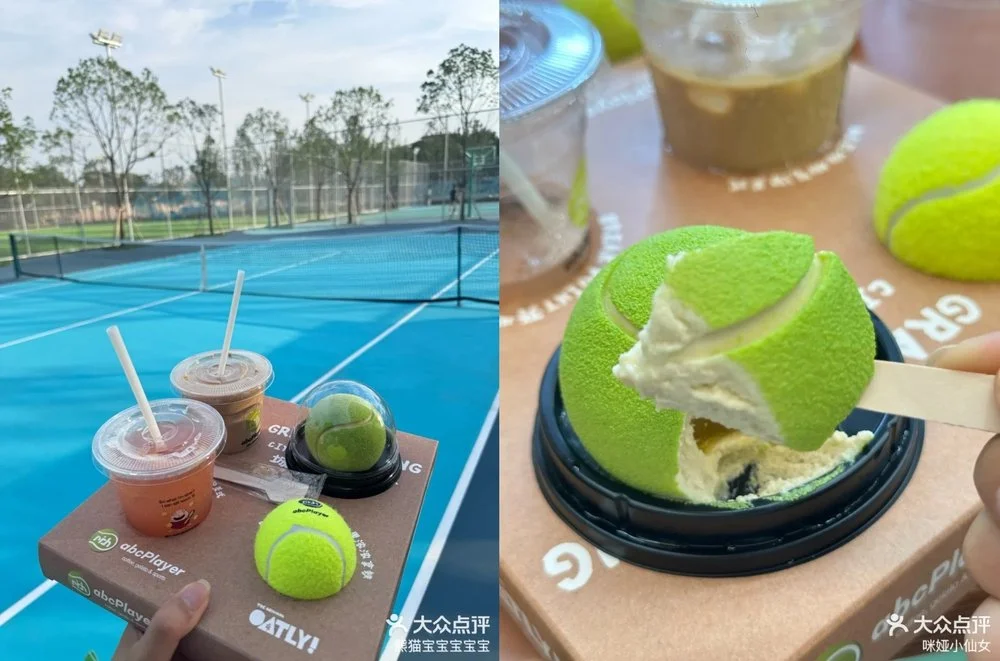
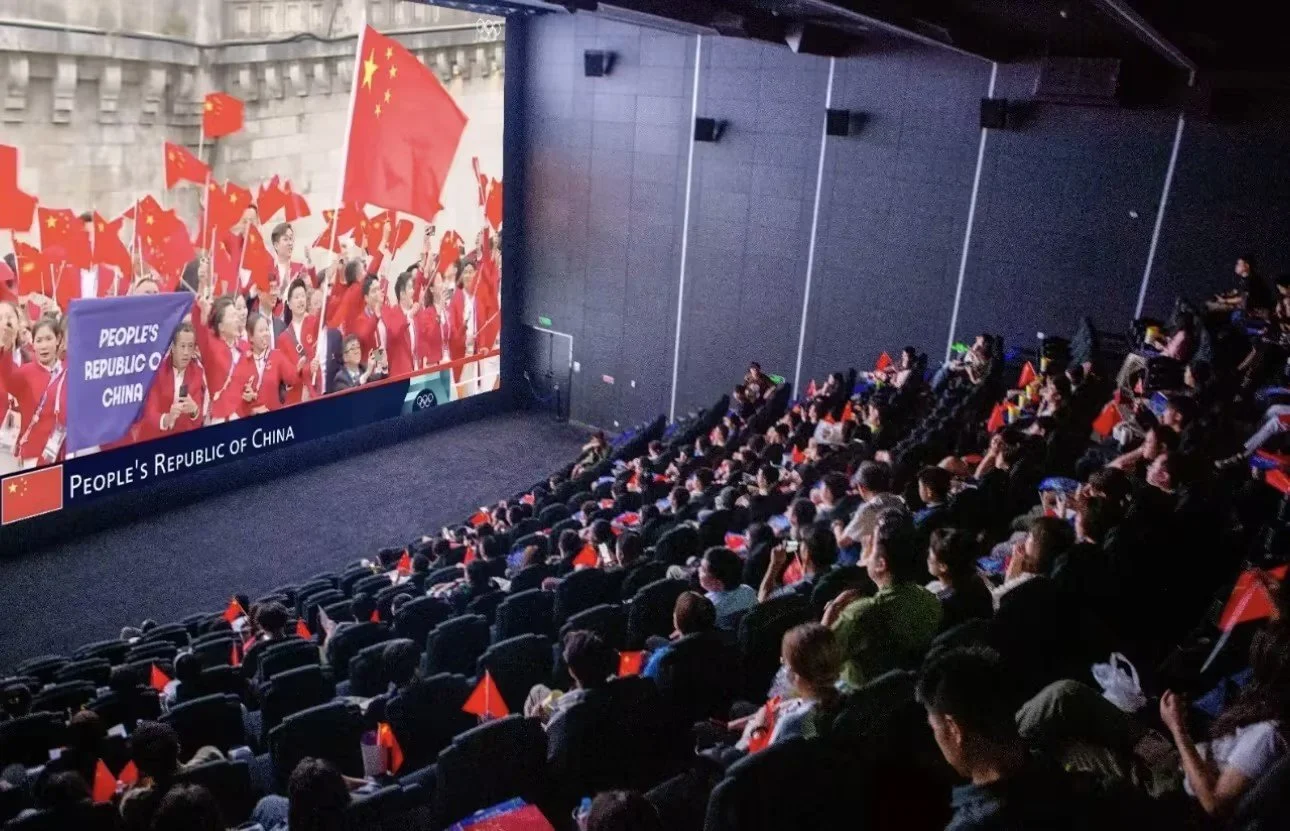





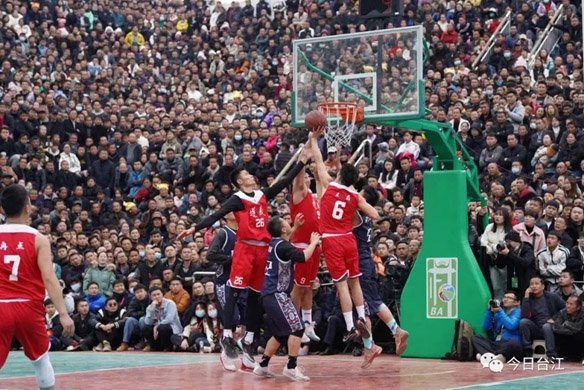



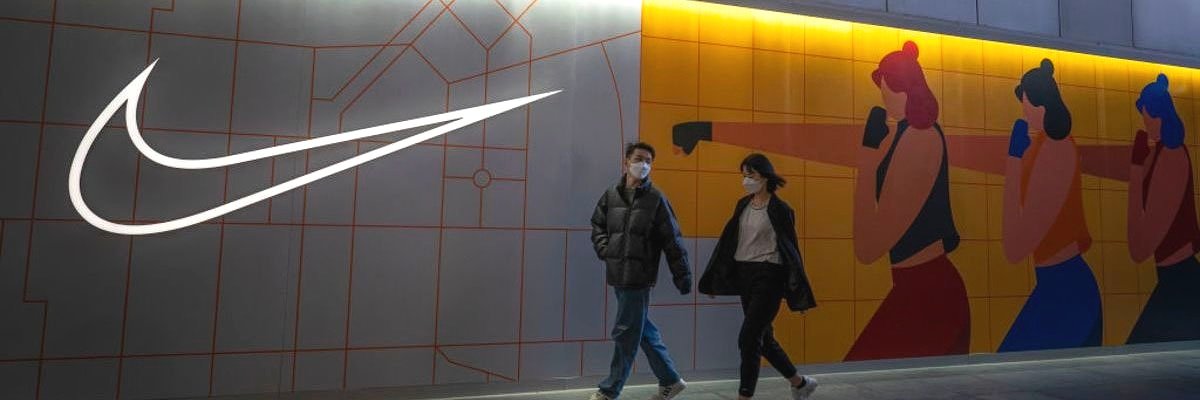


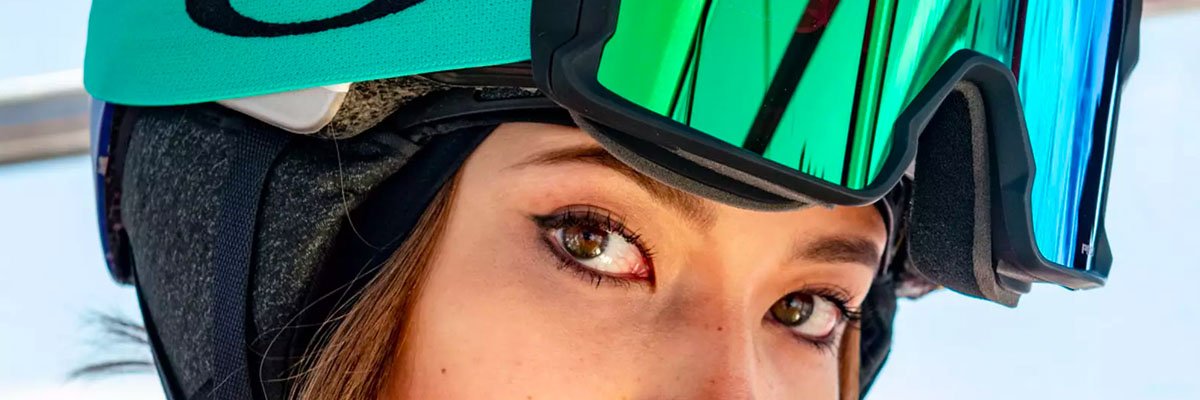










It wasn't long ago when every marketer in China was talking about ecommerce. Alibaba and JD battled it out for supremacy, and then another challenger, Pinduoduo, came from nowhere, and it became a three-horse race.Whilst the traditional ecommerce platforms still dominate online sales in China, the new world of livestreaming, KOLs and social commerce has dominated marketing forums over the past few years.